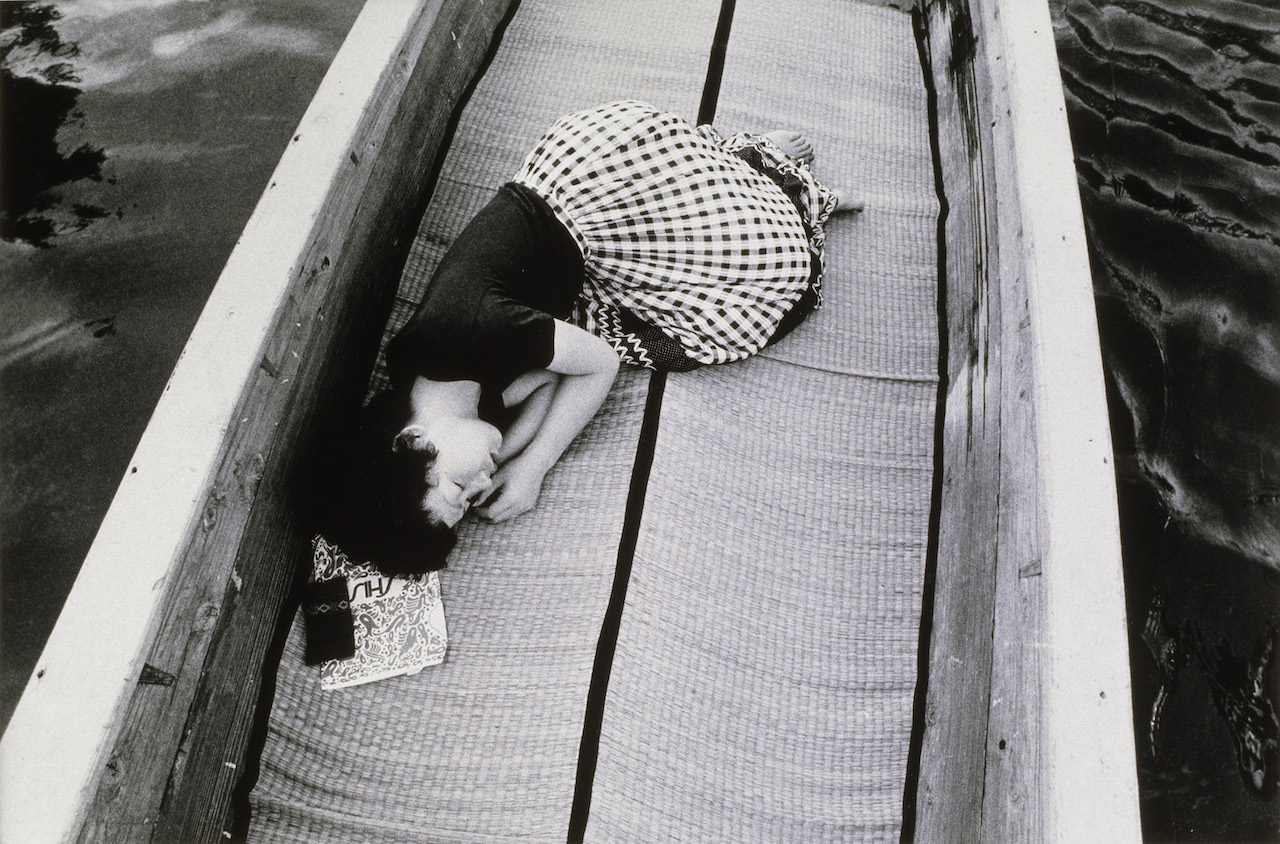From the series Sentimental Journey, 1971 © Nobuyoshi Araki. Courtesy of Taka Ishii Gallery.
This article is printed in the latest issue of British Journal of Photography magazine – a special edition with a double theme, Love / Ukraine. It can be delivered direct to you with an 1854 Subscription or available to purchase as a single issue on the BJP shop.
Featuring 14 series, Maison Européenne de la Photographie’s latest exhibition proposes an alternative history of photography – told through the lens of love
Nobuyoshi Araki met his future wife and lifelong muse, Yoko, in 1968, while he was working as a commercial photographer for Dentsu in Tokyo. She was a new recruit in the advertising agency’s type room, and he was making portraits for its internal magazine. They fell in love, and within three years were married. That same year, Araki published his first photobook: Sentimental Journey (1971).
The series chronicles the early days of the couple’s relationship: from their first encounter, to their wedding, honeymoon, and life as “a family of three” with their beloved cat, Chiro. Tragically, in 1990, Yoko died from ovarian cancer. A year later, Araki published a reprised edition of his book, Sentimental Journey/Winter Journey (1991), to include a hauntingly moving account of Yoko’s life with the disease. Yoko was, and continues to be, Araki’s most important subject: “It’s thanks to Yoko that I became a photographer,” he once said.
Araki has an infamous reputation as an erotic photographer, but love is the driving force in his art. “You must have love to make pictures,” he said in an interview with Japanese publisher, Kodansha, in August 2021. But, during a conversation with British curator Simon Baker, he admits that love is also the very emotion he failed to capture.
In 2016, Baker and Araki were in a karaoke bar in Tokyo, leafing through the catalogue of his retrospective at Musee Guimet in Paris. The photographer paused at an early image of Yoko from Sentimental Journey. “He said something like: ‘In all my time with Yoko, I thought I was photographing love, that it was the subject of my work. But finally, when I look at these photographs, I think that love is missing, that somehow I failed to capture it’.”
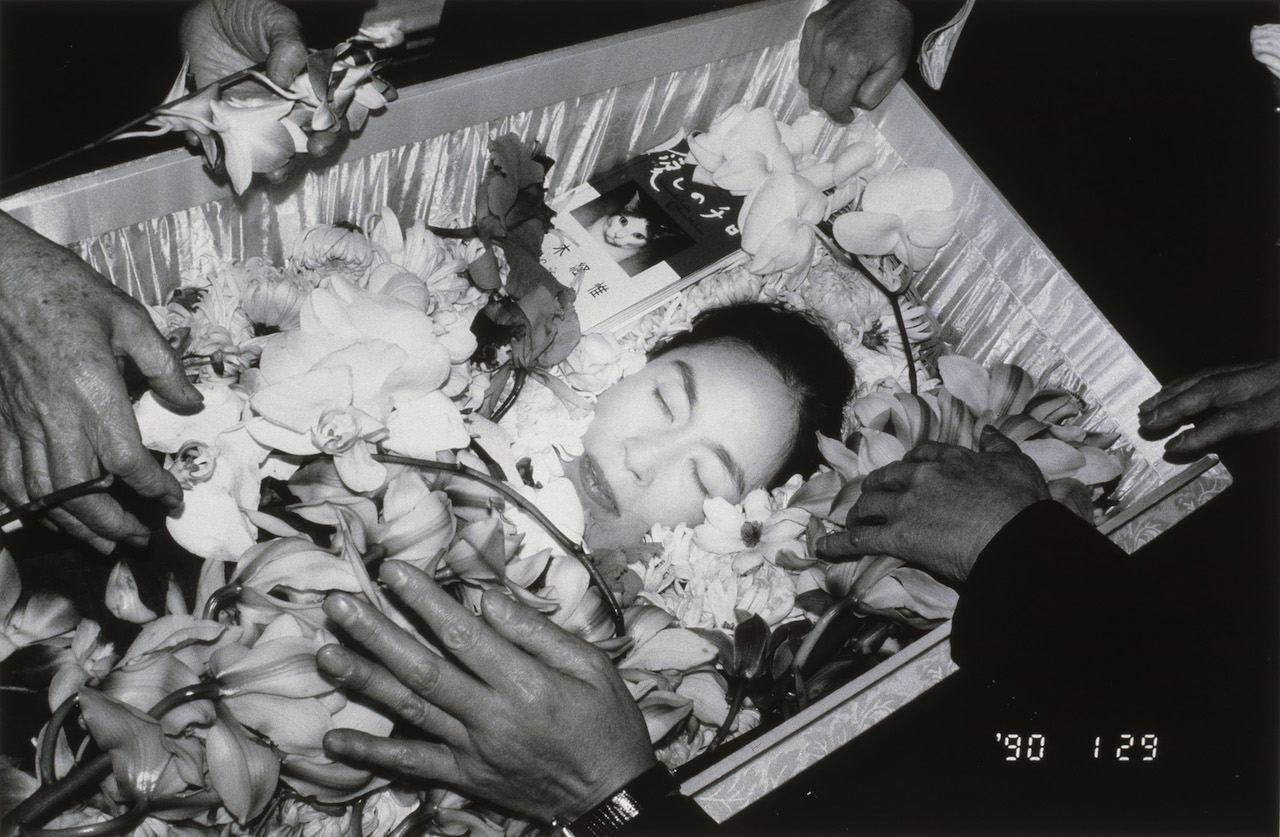
Moved by Araki’s sentiment, Baker thought about photography’s complicated relationship with love. “What’s interesting about photography is that it’s associated with objectivity,” he says, “but when it’s a subject that nobody agrees about, and which nobody can agree on what it looks like, what does that mean?”
Love Songs is Baker’s latest curatorial endeavour as director of Maison Européenne de la Photographie. “The idea was to rethink the history of photography from the point of view of intimacy and love,” he says. Each series is like a “photographic love song”; a different take on picturing intimacy, lust and, inevitably, loss.
The inspiration for the show was sparked by his interaction with Araki, but also by a conversation with Nan Goldin six years earlier. In 2010, Baker was curating a major exhibition about voyeurism at Tate Modern. Goldin couldn’t understand why her work, The Ballad of Sexual Dependency, was included in the show.
During the 1970s and 80s, Goldin created a photographic diary chronicling the relationships between her friends and lovers. But how could one be a voyeur in their own life, she questioned.
“I thought that was interesting because For us, as a viewer, we feel like a voyeur,” says Baker. This led him to the question: if Goldin’s Ballad and Araki’s Sentimental Journey were held up as “canonical examples of their kind”, what would the history of photography look like? “If [they] were the two best at something, who would the other people be around them?”
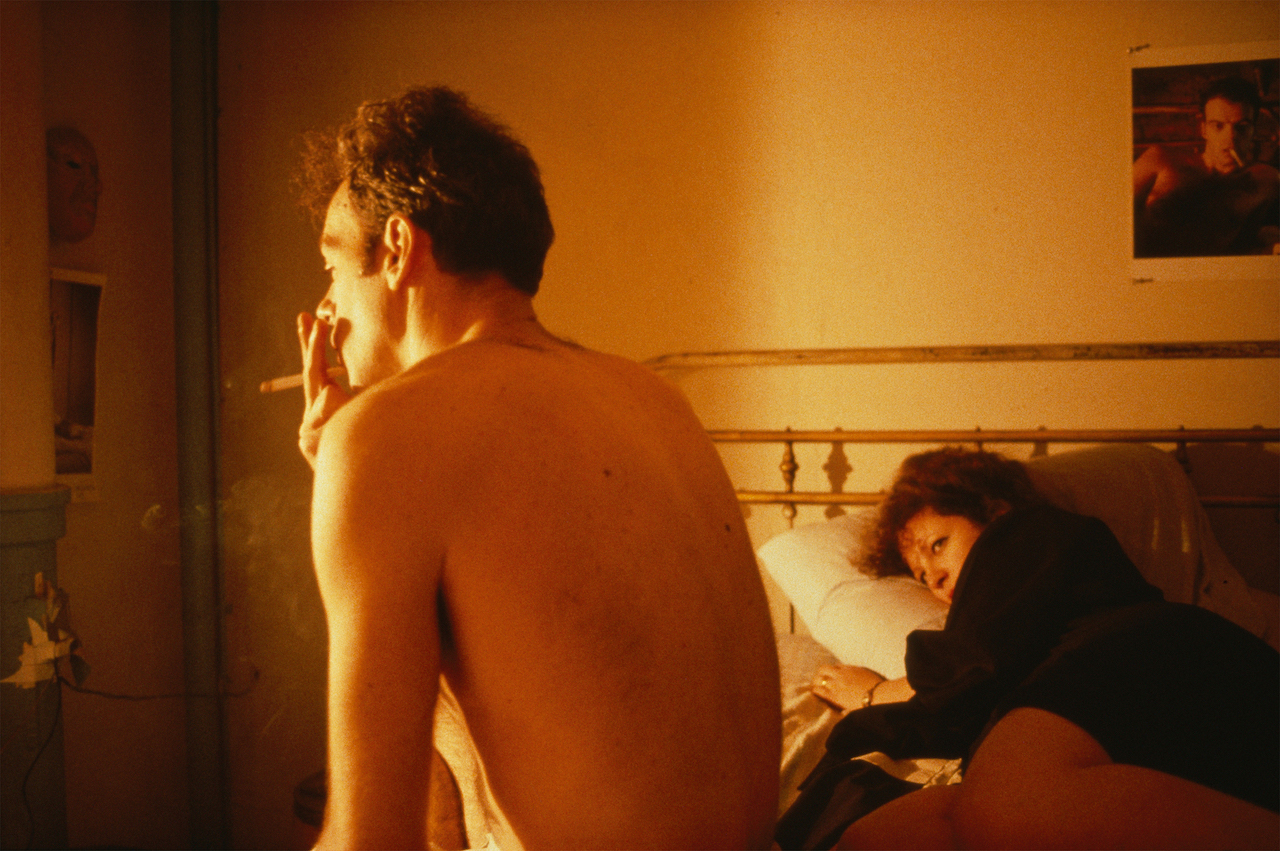
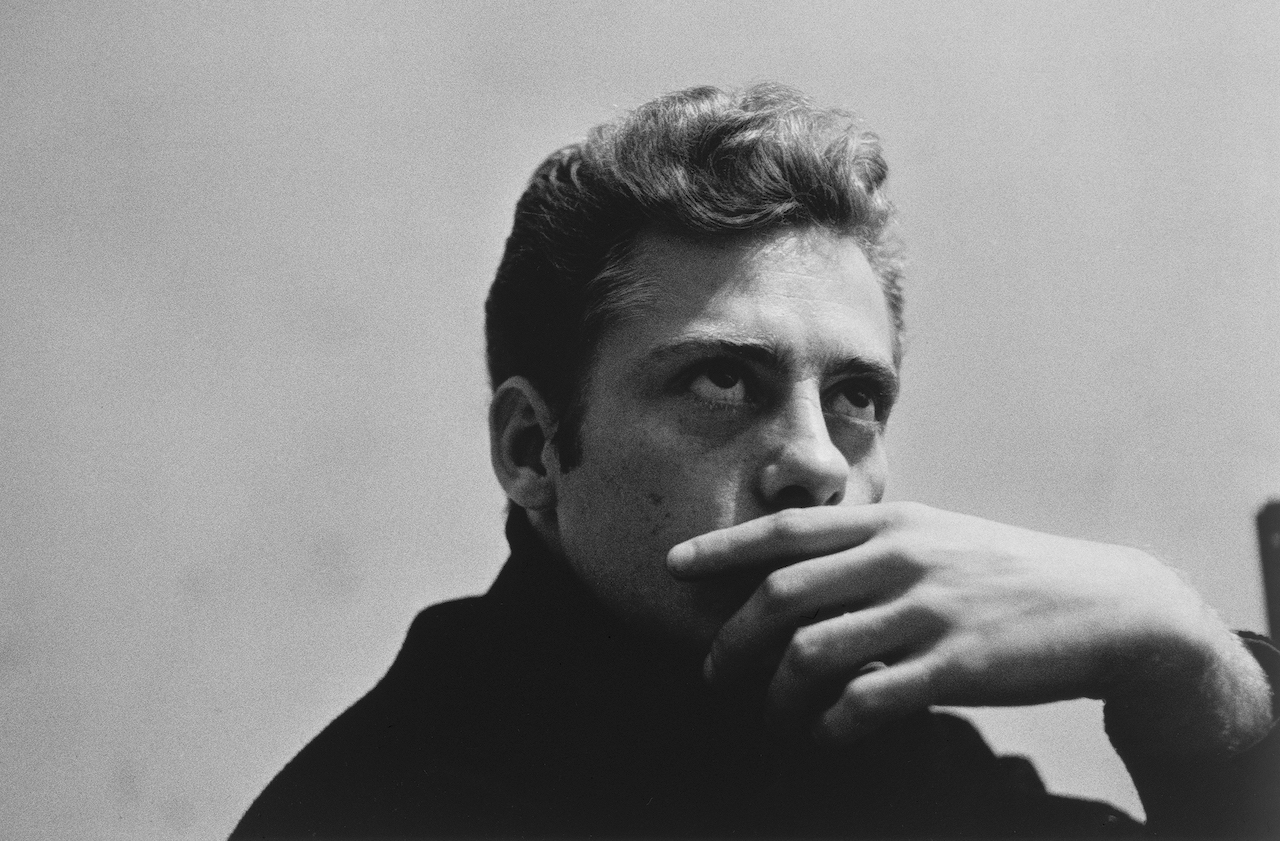
Featuring 14 bodies of work, the Love Songs exhibition is curated in the style of a mixtape. “The idea was to make the show feel like a compilation of songs… a playlist of photographic series that are all about love – either inside people’s relationships or inside an intimate circle,” Baker explains.
Conceptualised as “mini-exhibitions”, the show feels as though you are “walking into the world of each artist”. Presenting work made from 1950 to 2000, SIDE A invites us into a hotel room in France in 1952, where René Groebli spent his two-week honeymoon with his wife, Rita. L’oeil de l’amour (The Eye of Love) [below] is like a time capsule of the early days of their love – lazy mornings and cigarettes in bed.
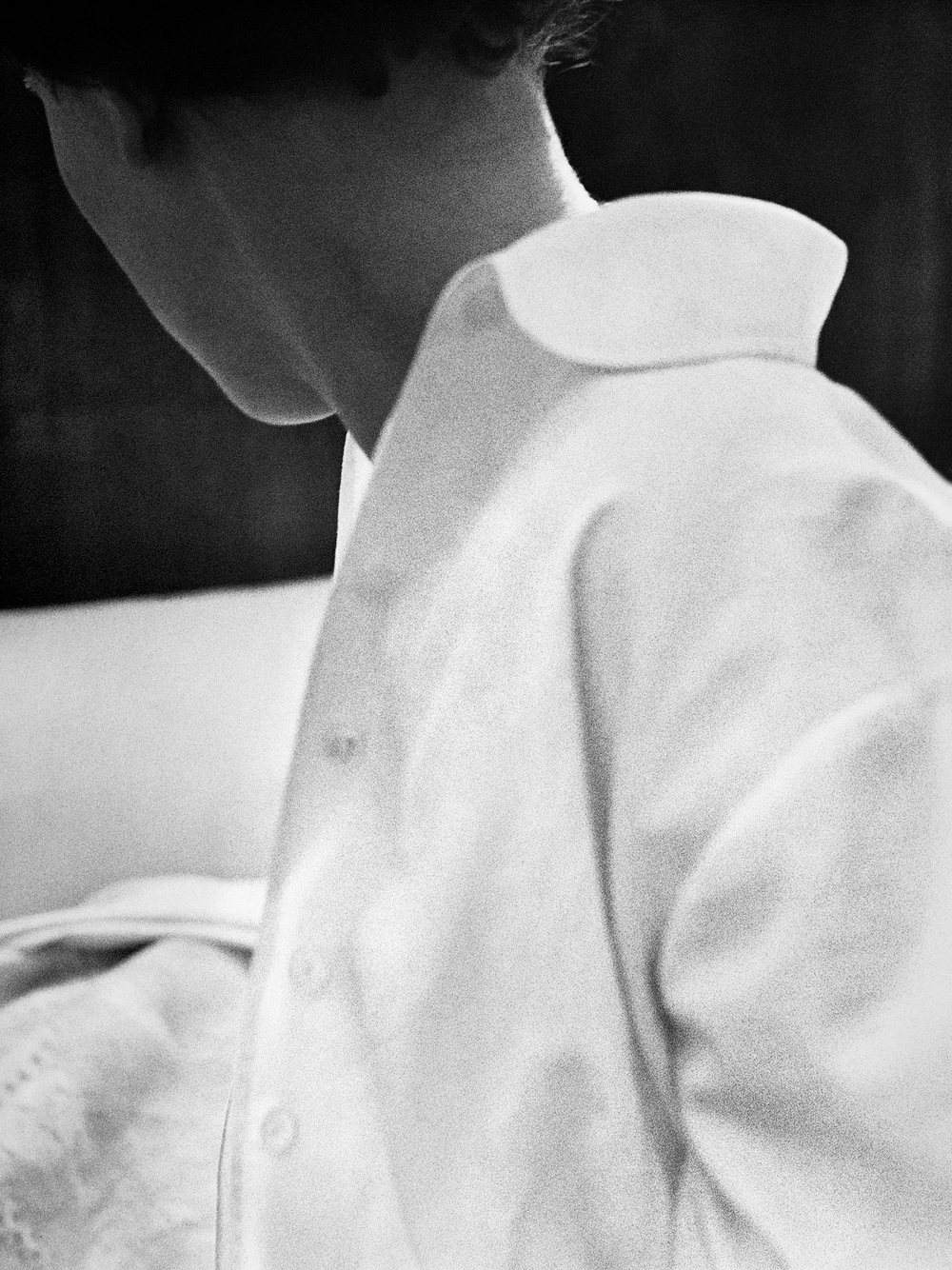
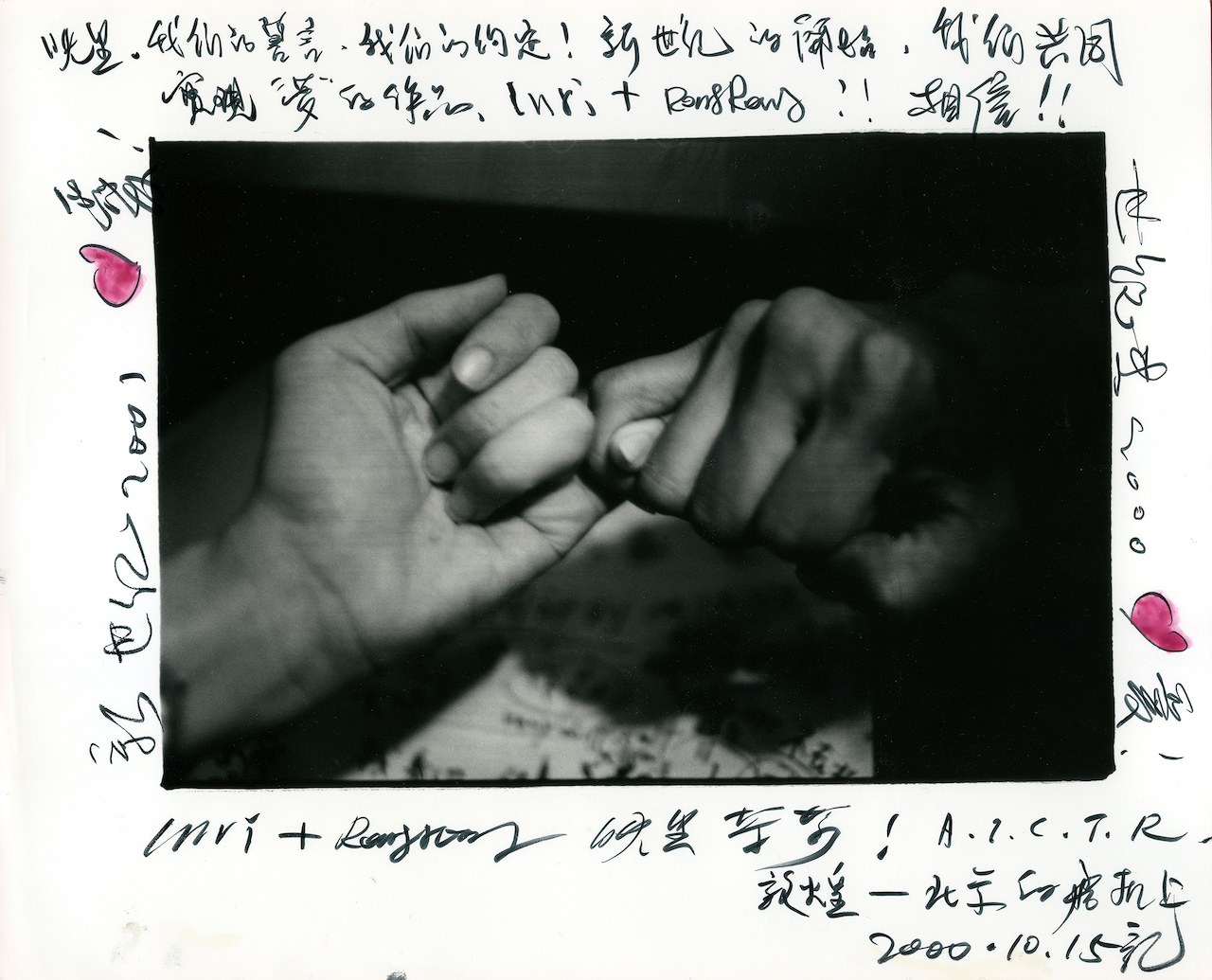
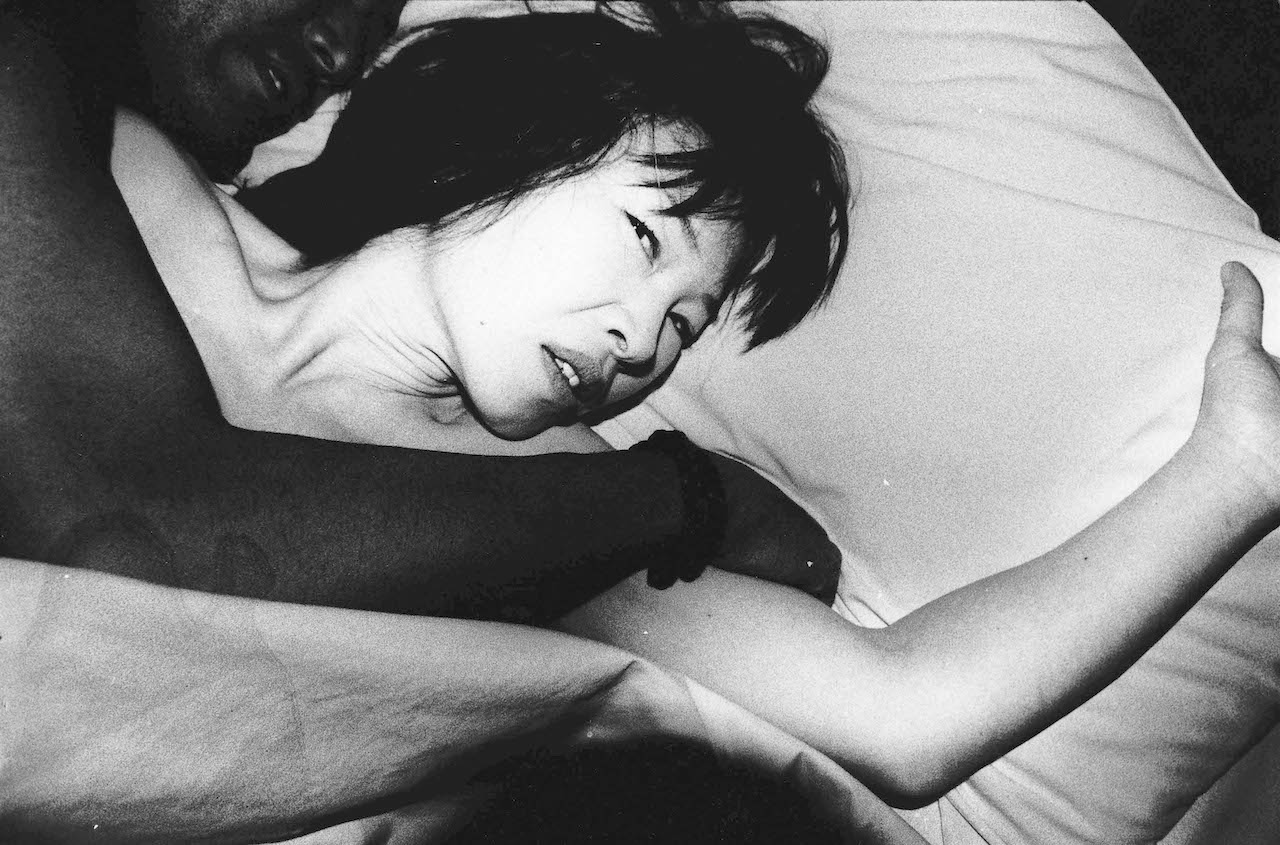
We see a similar kind of intimacy in Hervé Guibert’s playful portraits of his lover, Thierry (1976–1991) and in Alix Cléo Roubaud’s Untitled (1980– 1981) – scenes from the privacy of the home that she shared with her husband, the poet Jacques Roubaud. In parallel to Araki’s Sentimental Journey, Emmet Gowin’s Edith (1967–2012) [page 49] traces the course of the photographer’s 45-year relationship with his wife: from falling in love and having children, to her death. “Photographing Edith remains the common thread and the redeeming experience of my life,” he says.
But for many, the journey of love is not linear or simple, and the exhibition doesn’t shy away from the darker, messier side of relationships either. In Larry Clark’s Tulsa (1963–1970), we are catapulted into the disturbing, yet moving, autobiographical account of a life consumed by sex, drugs and violence. “Prohibited photos, photos we weren’t supposed to take, of a life that wasn’t supposed to happen,” he said of the work.
SIDE A ends with Nan Goldin’s The Ballad of Sexual Dependency (1973–1986), an operatic sweep of images that oscillate between what Goldin referred to as the “light and dark” of her life: love and loss; sex and violence; ecstasy and pain.
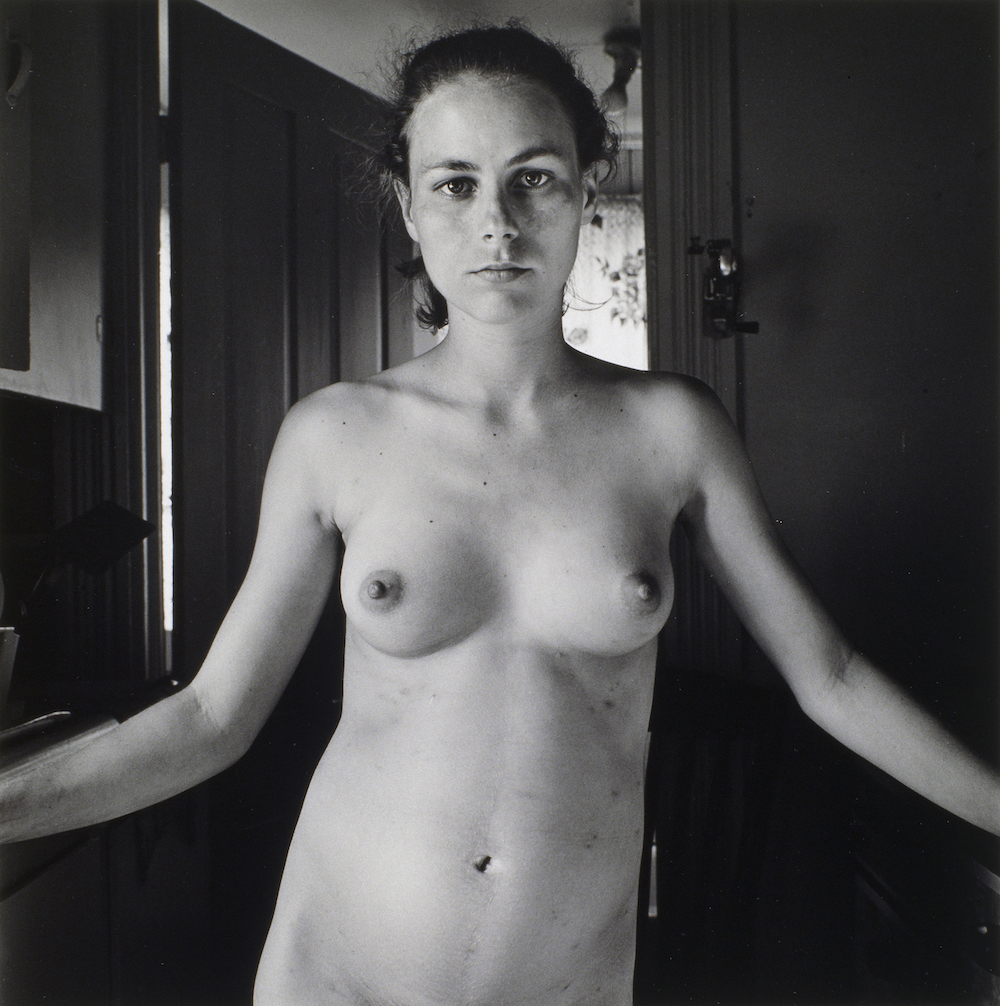
“The idea was to be diverse, to show what photography can do with the subject of love”
Simon Baker

Goldin’s Ballad has had a huge influence on a generation of image-makers. Writing in The Guardian in 2014, Sean O’Hagan hails it “a benchmark for all other work in a similar confessional vein”. In SIDE B: 2000–present/Intimate Obsessions, the contemporary side of Love Songs, Baker exhibits work that carries some of these ideas into the millennium.
“Over the last 10 to 15 years, the treatment of intimacy and diaristic photography is much more present in contemporary practice,” Baker observes. Lin Zhipeng exhibits his long-term project, Photographed Colours of Love (2005–2021), a series of spontaneous, playful portraits of his lovers. Collier Schorr presents a new body of work, Angel Z (2020–2021), a collaboration that emerged from the Covid-19 lockdown spent isolated with her partner.
We also see collaborations made at the peak of lust. JH Engström & Margot Wallard’s Foreign Affair (2011) was created in the midst of a “blind and unstoppable” romance. Aware of love’s capacity to reveal both vulnerability and strength, they decided to create a document of this intoxicating period of passion.
RongRong&inri’s love story is quieter, but just as intense. It began with a long-distance relationship – she in Japan, and he in China. Unable to speak one another’s language, their common tongue was photography. Personal Letters (2000) is a series of prints, scrawled with handwritten notes and exchanged in the first year of their relationship.
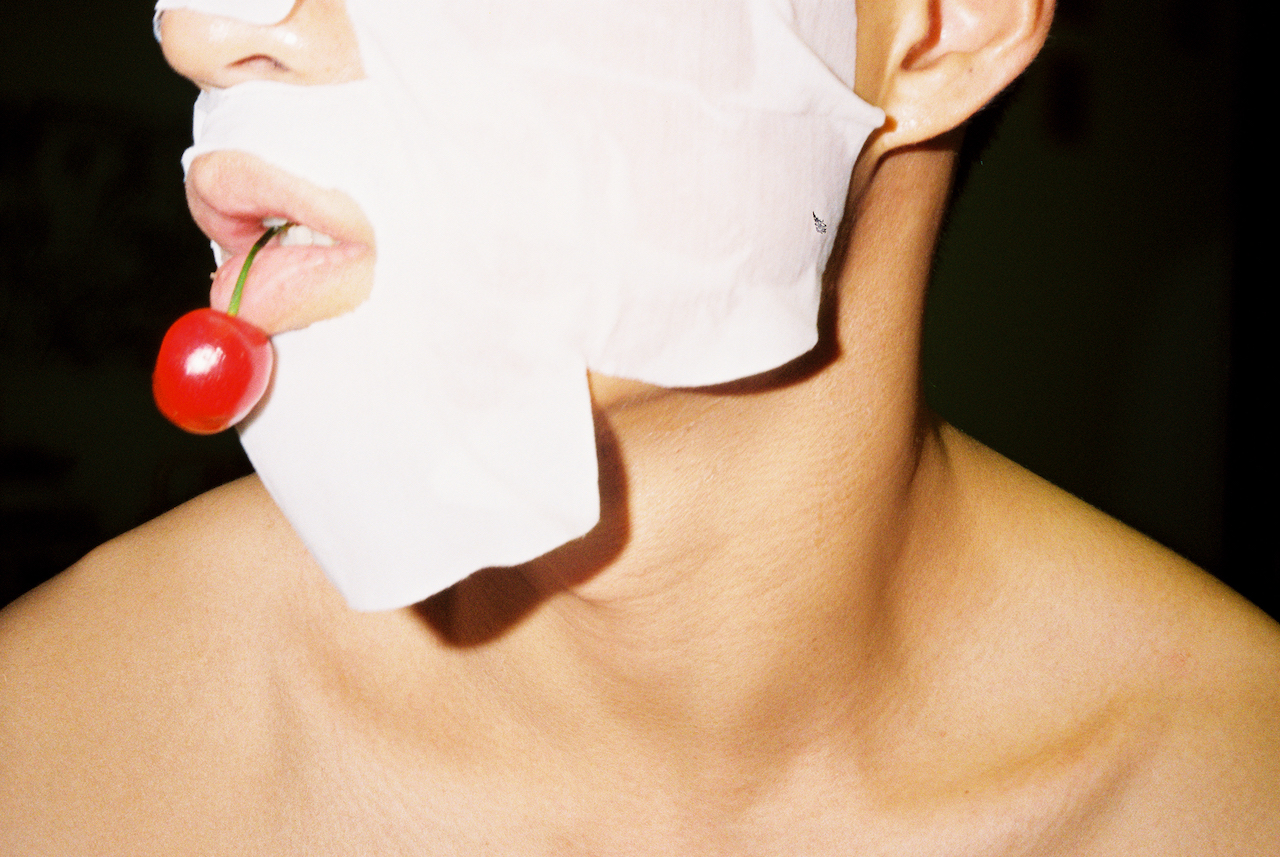

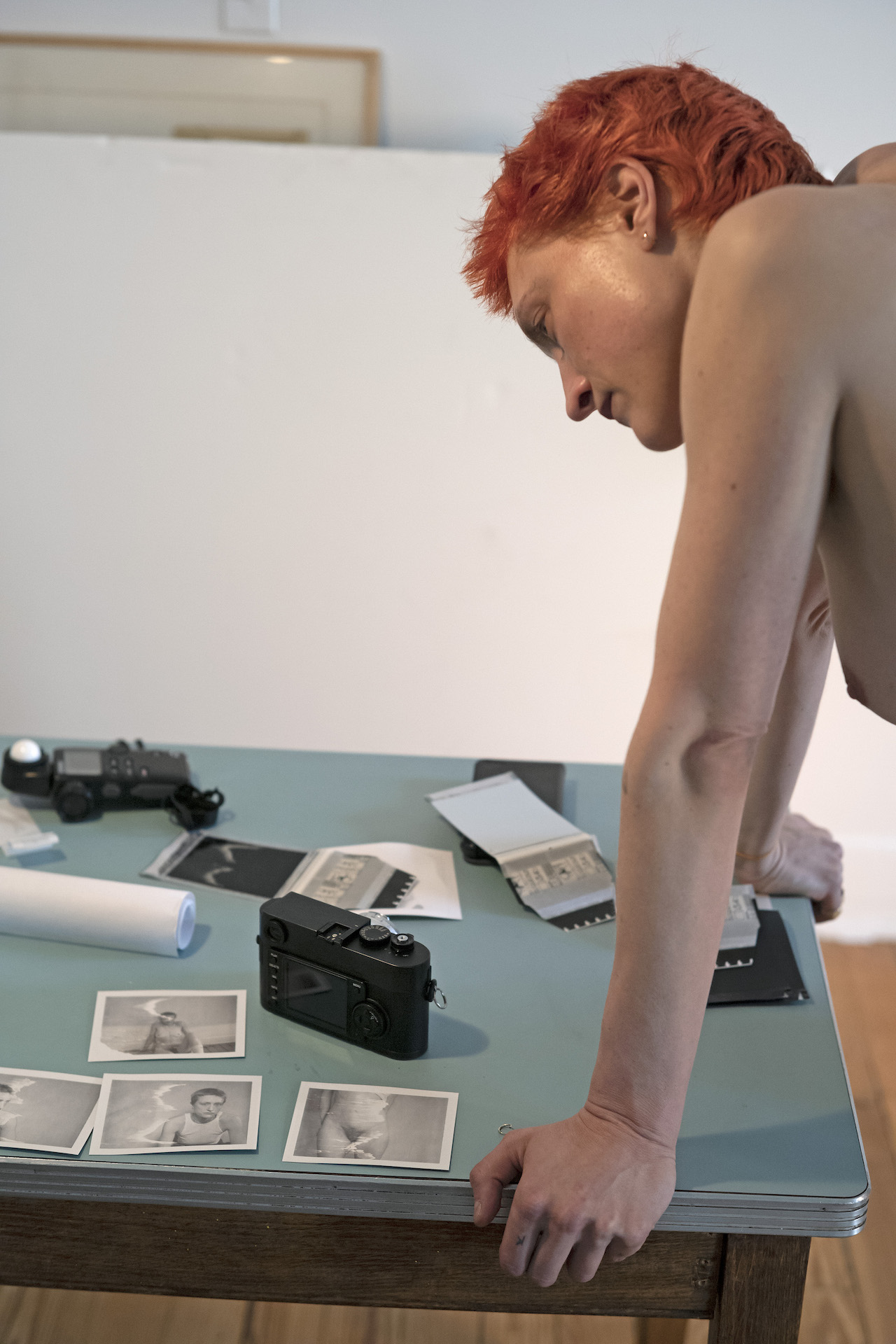
Elsewhere, photographers raise questions about power relations, consent and taboo. In Double Bind (2010), Leigh Ledare invites his ex-wife and her new husband into an isolated bungalow, confronting the viewer with the forbidden intimacy of a broken marriage. Similarly, Hideka Tonomura’s Mama Love (2007), explores her mother’s sex life – a series that is disturbing, liberating and poignant all at once.
Finally, Sally Mann presents Proud Flesh (2003–2009), a six- year study of her husband in the nude. In 1990, Larry was diagnosed with muscular dystrophy, a disease that causes progressive muscle loss. Produced using a wet- plate collodion process, Mann’s portraits are filled with layered meanings relating to the gaze, ageing, memory and mortality.
Rather than chronicling an exhaustive survey of photographic love, Baker wanted to gather large bodies of work that dealt with the subject in nuanced ways. “Putting them all together, I think there are nice echoes between the series,” says Baker. “The idea was to be diverse, to show what photography can do with the subject of love.”
Throughout the curatorial process, Baker maintained the recurring idea of the mixtape. “Perhaps the reason Love Songs constantly brings this tradition to mind is the sense of being immersed in the emotional landscapes of people we know (people we love) through the words, ideas and emotions of people we do not,” he writes in the exhibition catalogue.
Baker asserts that these sentimental gifts – an “intimate ‘curatorial’ work” – allow us to communicate our feelings through an “appropriated poetry”. As a photographic compilation, what does Love Songs communicate to its viewers? “It’s not a very academic show,” Baker reflects. “It’s got some academic propositions about objectivity and the camera, but really, the idea is that everyone can identify with it.” After all, love is one of the few subjects that transcends time and geography – a universal experience that allows us to connect with stories that can feel far away.
Love Songs is on show the Maison Européenne de la Photographie, Paris, from 30 March until 21 August 2022.

